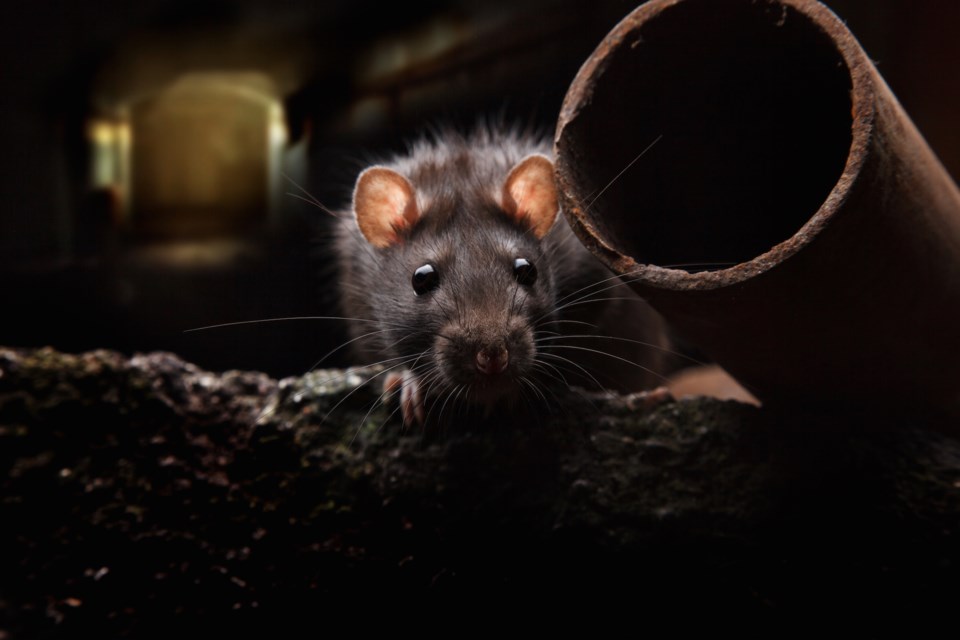Sometimes, finishing first place doesn’t feel great.
That’s the case this week as Toronto once again found itself at the top of Canada’s list for rat-related calls. It’s the third consecutive year the city has claimed the title.
Cities are ranked annually by Orkin based on the number of rodent — rat and mice — treatments the company performed between Aug. 1, 2023, and July 31, 2024. The ranking includes both residential and commercial treatments.
Vancouver and Surrey, B.C. rounded out the top three, while other Ontario cities like Mississauga (6th), Scarborough (9th) and Ottawa (12th) were among the top 25 rattiest cities.
Alice Sinia, an Orkin Canada technical advisor with a doctorate in entomology, admitted she’s not surprised by Toronto’s placement.
“It’s to be expected; Toronto has so many human beings condensed to one specific area,” she said. “It’s all relative to the population and the dense epicentre. I’m not sure if Toronto is going to go below the number one listing because there are so many different dynamics and complexities involved in bringing the rodent population down.”
Food and other waste — which often overflows — from dumpsters, restaurants and homes around the city provides rodents with more than enough resources to survive, according to Dr. Sinia.
She explained that cooperation between municipal politicians, businesses and residents is essential to curb the rat population.
“Especially during the summer, we see that garbage is overflowing,” she said. “When that happens, it attracts the rats and mice. Making bigger receptacles, and perhaps having a more frequent garbage removal schedule, would help.”
“If there is a will — and someone really takes the steps to do it — it can be done,” she added. “You have to remove that food source to stress the rodent population.”
This past July, city council directed staff to report back with an interdivisional action plan for the reduction of rats in Toronto, including strategies to address contributing environmental factors and the impacts of rats on local neighbourhoods in line with an integrated pest management approach.
The city told TorontoToday they currently use various methods to mitigate issues with rodents, which can be accessed by clicking here.
“On private property, residents and business owners are responsible for maintaining their own properties to prevent any rodent infestations and should use private pest control services to manage infestations,” the city advised.
Sinia noted that Toronto’s large underground sewer system provides a lot of extra space for rodents to survive, while high construction activity can upset rodent habitats and displace populations.
But one issue she’s noticed that hasn’t gotten as much attention on the subject is climate change. Warmer winters have been contributing to a significant increase in rodent populations for some time now, she explained.
“Whenever our winters are mild, it helps the pest populations — including rodents,” she said. “Very cold winters act as a natural way of controlling the population, because come spring, there’s very few of them to start. But if the winters are mild like they have been, rodent populations will survive, reproduce and start a very rigorous population in spring.”
Orkin Canada declined to release the number of treatments they responded to in Toronto last year. They were also unable to provide specifics behind neighbourhood trends around the city, citing it as a “privacy issue.”
But the pest control company admitted there’s been an increase in rodent sightings since the pandemic.
Readers can access a list of rodent prevention tips by clicking here.
